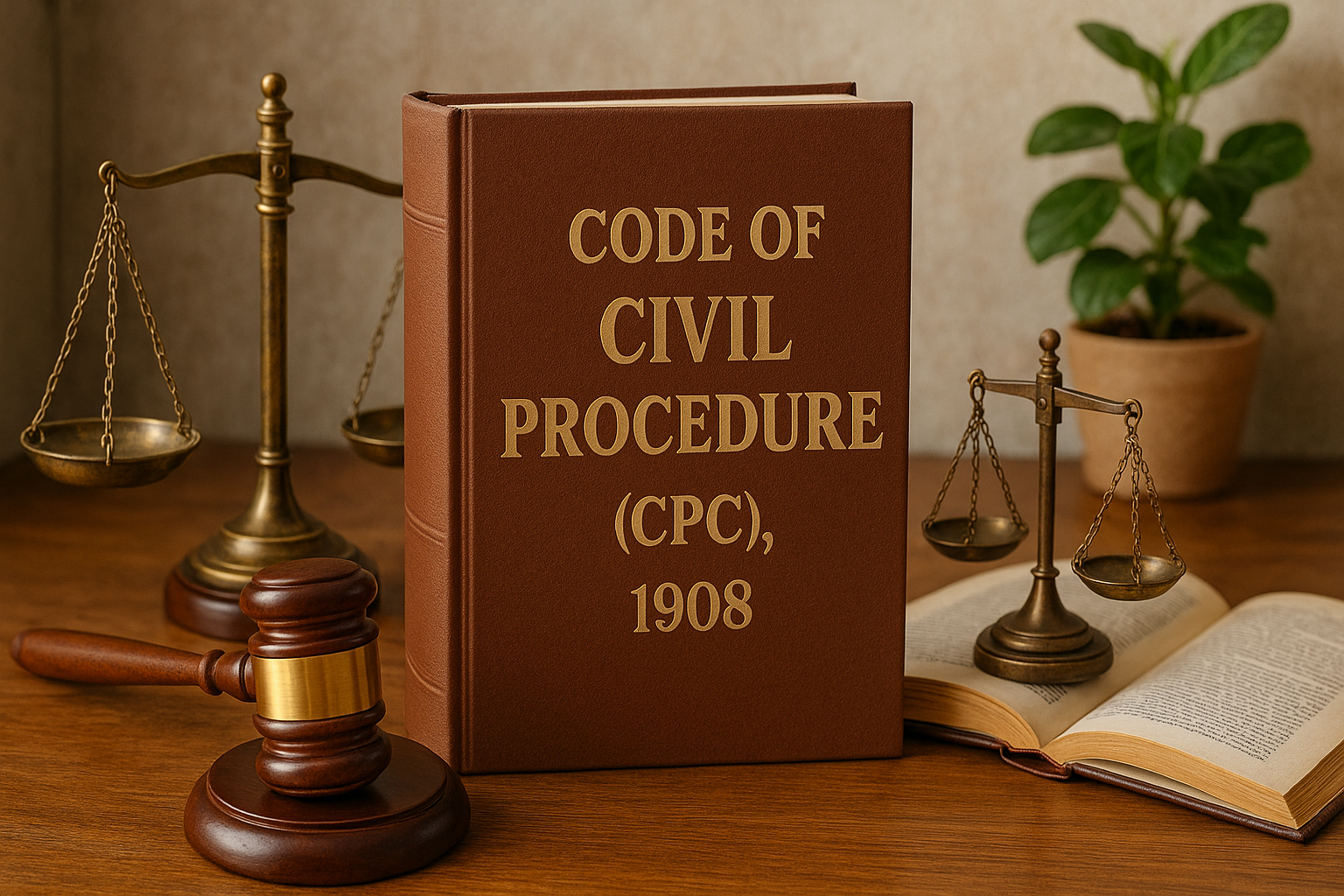Who Are ‘Parties’ in a Suit?
In any civil case, parties are the persons who initiate the case or defend against it. These are broadly divided into:
| Party Type | Role |
|---|---|
| Plaintiff | The person who files the suit (claimant) |
| Defendant | The person against whom the suit is filed |
A civil suit cannot proceed without identifying the proper parties.
Essential Parties
1. Plaintiff (Order I Rule 1)
-
Must be a person who has a legal right to sue.
-
Can be one or more persons having the same cause of action.
2. Defendant (Order I Rule 3)
-
A person against whom relief is claimed.
-
Multiple defendants can be joined if the act or transaction is common.
Types of Parties in a Civil Suit
| Party Type | Description |
|---|---|
| Necessary Party | A party without whom no effective order can be passed |
| Proper Party | A party whose presence helps the court completely adjudicate the matter |
| Pro forma Defendant | A person made a defendant but no relief is sought against them |
| Co-plaintiffs / Co-defendants | Multiple persons on one side having common interest or claim |
| Third Party | A party added later under court’s direction (e.g., Order I Rule 10(2)) |
| Representative Party | One party representing a group under Order I Rule 8 (e.g., class action) |
Addition or Substitution of Parties
Under Order I Rule 10 CPC, the court has discretion to:
-
Add or strike out parties at any stage
-
Substitute a party if needed (e.g., in case of death or legal disability)
The goal is to ensure that all real parties in interest are before the court.
Misjoinder and Non-joinder of Parties
-
Misjoinder: Including someone who shouldn’t be a party
-
Non-joinder: Leaving out someone who should be a party
A suit is not dismissed just for these reasons unless it involves a necessary party.
Representative Suits (Order I Rule 8)
When numerous persons have the same interest in a suit (like residents of a colony or shareholders), one or a few may file the suit on behalf of all — known as a representative suit.
Requires court’s permission and public notice.
Case Example
-
A files a suit against B for encroachment on land jointly owned by A and C.
-
C is a necessary party, as his rights will also be affected by the judgment.
-
If A excludes C, the court may direct addition of C as co-plaintiff or co-defendant.
Conclusion
Identifying the correct parties is essential for a suit to be maintainable and binding. Courts ensure that:
-
No party is wrongfully excluded or added
-
Judgment affects only those who had a chance to be heard

